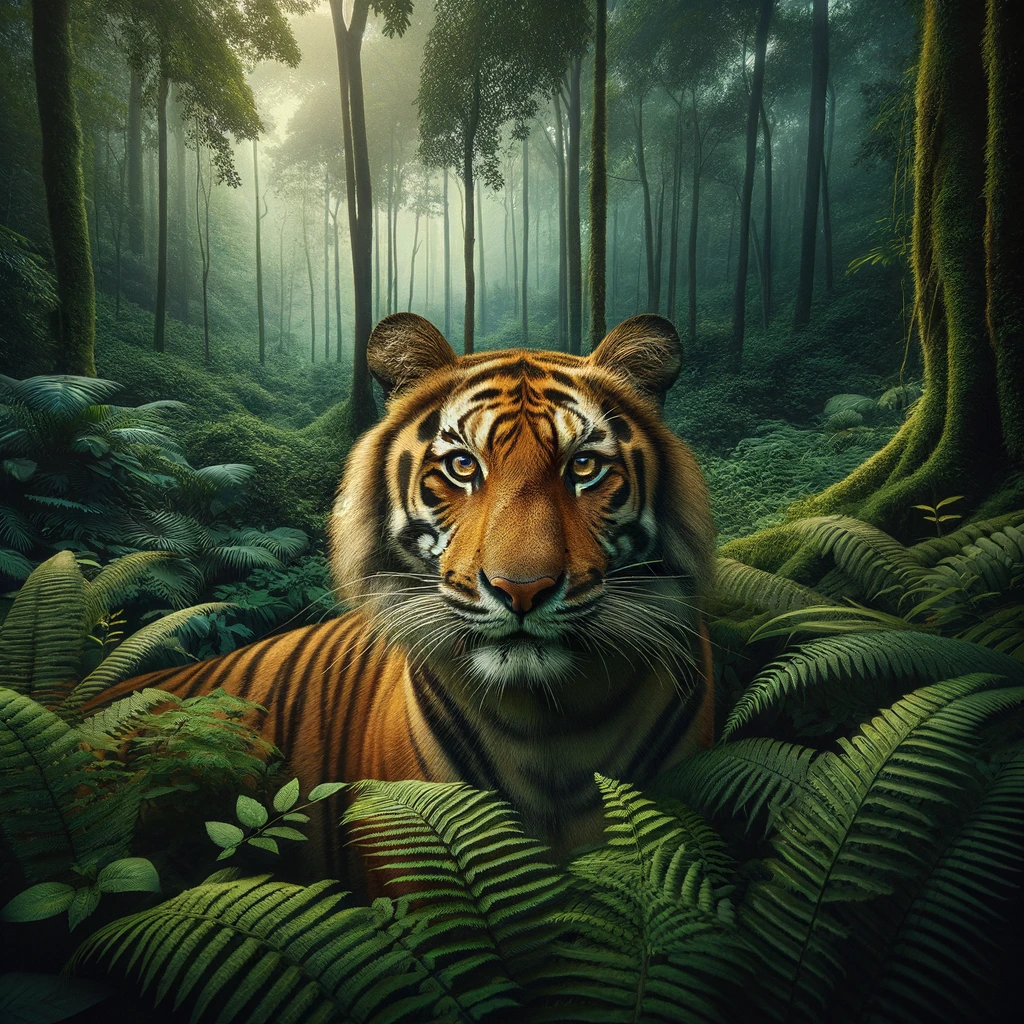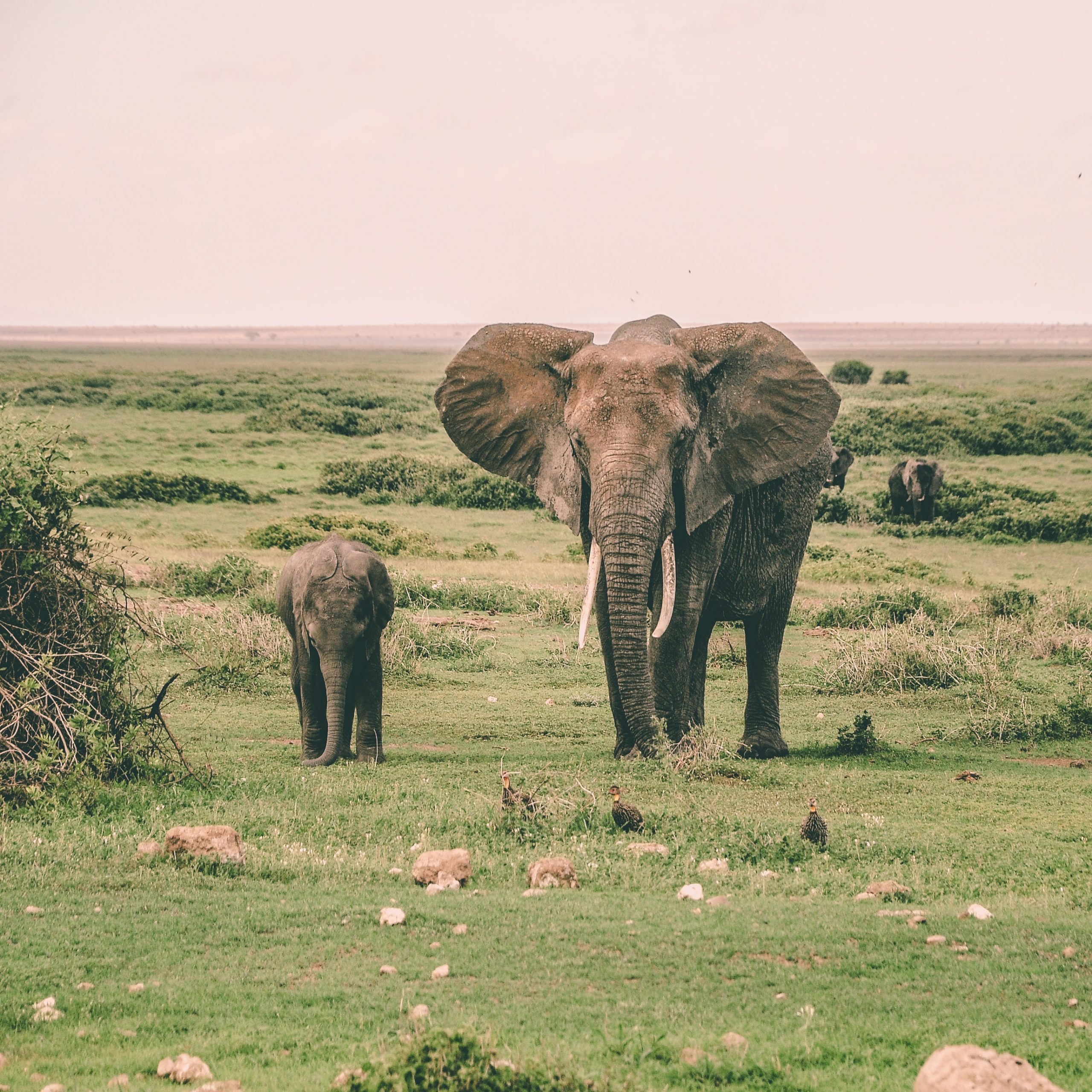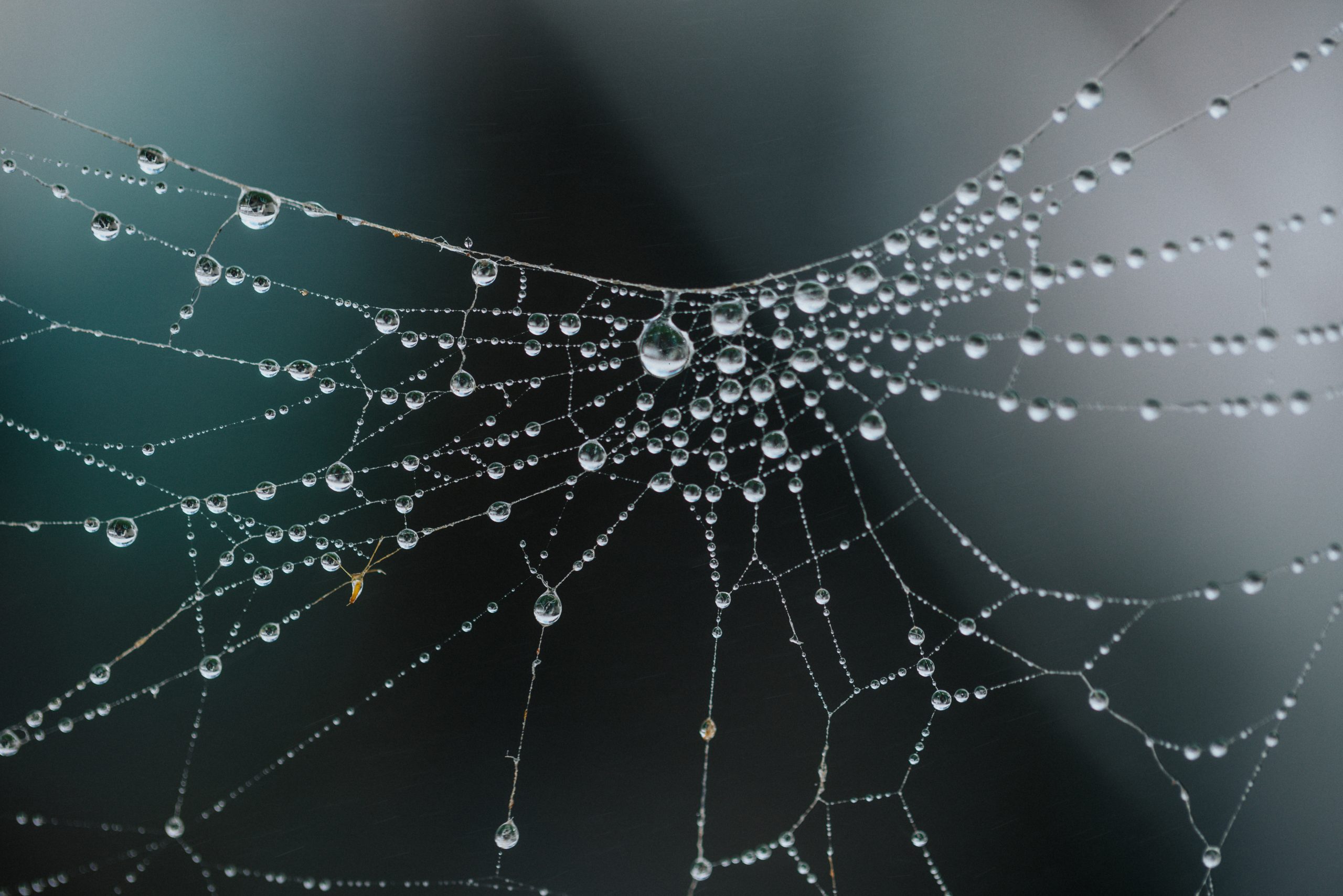In an unprecedented fusion of space technology and terrestrial data collection, NASA’s satellite imagery combined with Google Earth Engine’s computing capabilities are spearheading a novel initiative to conserve tiger habitats across the globe. This innovative approach, known as “TCL 3.0,” aims to monitor Tiger Conservation Landscapes (TCLs)—vital continuous tracts where these majestic creatures still roam. This marks the third iteration of assessing tiger habitats across Asia, offering a revolutionary method for measuring and tracking habitat changes, thereby setting a new standard for wildlife conservation efforts worldwide.
Eric W. Sanderson, the lead author of the study titled “Range-wide Trends in Tiger Conservation Landscapes, 2001 – 2020,” highlights this project’s capacity to observe both macro and micro-level habitat alterations in real-time. Sanderson, now the Vice President for Urban Conservation at the New York Botanical Garden, underscores the potential of this technology in stabilizing tiger populations across their range by enabling immediate response to habitat threats.
Laura Rogers, Associate Program Manager at NASA’s Ecological Conservation Program, emphasizes the game-changing nature of TCL 3.0. By utilizing Earth observations from VIIRS, MODIS, and Landsat products, land managers and policymakers can now gain a holistic view of human activities’ impacts on critical tiger habitats, thus facilitating informed decision-making and conservation strategies.
Google’s Senior Program Manager, Tanya Birch, points to the technology’s power to “make the world a better place,” showcasing TCL 3.0 as an exemplary instance of how technological advancements can foster significant environmental benefits. The initiative not only promises enhanced monitoring and conservation of tiger habitats but also offers a blueprint for protecting other species at risk.
Dale Miquelle, WCS Tiger Program Associate Director and a co-author of the study, calls for a collaborative effort among NGOs, scientific institutes, and governments to realize the full potential of TCL 3.0. The comprehensive report, published in Frontiers in Conservation Science, is the culmination of efforts by leading tiger scientists, remote sensing experts, and statisticians, backed by numerous conservation organizations and governmental bodies.
The tiger, Panthera tigris, is an emblem of Asian wilderness and biodiversity. Its survival is intrinsically linked to the health of vast forest ecosystems, making the species an indicator of environmental integrity. The decline in tiger habitats, mainly due to human encroachment and habitat loss, poses a significant threat not only to tigers but to biodiversity, carbon sequestration, and ecosystem services benefiting millions of people.
Between 2001 and 2020, Tiger Conservation Landscapes have shrunk by 11 percent, primarily in Southeast Asia and southern China, underscoring the urgent need for a real-time monitoring system like TCL 3.0. This initiative enables countries to assess habitat changes, identify conservation priorities, and implement timely interventions to halt or reverse habitat degradation.
TCL 3.0’s implementation signifies a leap forward in conservation technology, providing near real-time data on habitat changes and human impacts. By integrating NASA’s Earth observations with ground-based biological data and conservation models, the project offers a dynamic, continuously updated view of Asia’s forested ecosystems. This advancement not only aids in tiger conservation but also supports global biodiversity initiatives and sustainable development goals.
The collaboration between space technology and conservation science exemplified by TCL 3.0 highlights the evolving landscape of environmental protection efforts. By leveraging cutting-edge technology, scientists and conservationists can now monitor and respond to threats to wildlife and their habitats with unprecedented speed and accuracy. As this innovative approach gains traction, it promises to revolutionize the field of conservation, offering hope for the future of tigers and the diverse ecosystems they inhabit.
Additional Resources and References:
This groundbreaking initiative underscores the vital role of technology in advancing conservation goals, offering a new paradigm for safeguarding the planet’s most endangered species and their habitats.

 Home3 years ago
Home3 years ago
 Medical3 years ago
Medical3 years ago
 Gadgets3 years ago
Gadgets3 years ago
 Environment3 years ago
Environment3 years ago
 Medical3 years ago
Medical3 years ago
 Energy3 years ago
Energy3 years ago














